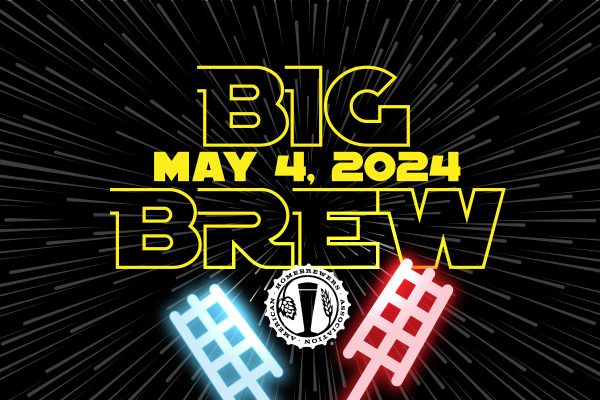
Shoppers are leaving their homes less and less to venture into the real world of weather, traffic, and parking. When they make the effort to visit a brick-and-mortar store, your first chance to say It’s different here is through the way your display skills grab their attention. Then they aren’t just looking for the cheapest options but are open to building emotional connections with your products.
Online shopping just can’t deliver the same experience. A great display window or merchandised wall cuts customers choices down. Poorly merchandised windows and walls make customers feel overwhelmed.
High-converting displays don’t just happen. Just like selling, you can’t just wing it. The key is to get your messaging right.
What do you want your shopper to do when they come upon your display? Play the video? Pick it up? Read the description? Then tell them so!
I see so many displays without any focus. That happens because whoever was tasked with making a display didn’t know what they wanted the shopper to do when they created it. To make sure that doesn’t happen to you, put into words what the collection of products in your displays will do for the buyer.
Not sure how? It’s easy. Simply ask customers who buy those items, “Why did you buy these today?” The more answers you hear, the more clarity you’ll have around the benefits real customers get from purchasing.
The merchandise can only do so much with obvious relationships, so consider signage that shows a complete kegging or homebrew system. You have to explain with a few words or icons what would take you several sentences to say. To get that message right, think like a customer. What will I need to make this brew day a success? What else can I use with it? What additional items will I need? This becomes your system of displaying products.
A paint store display might have a gallon of house paint, a brush, and a paint can opener. You could label those as The Basics. To the right of it, you could show trim paint with a trim brush as Even Better. To the right of that, you could show window cleaner and paper towels. To Finish The Job.
Get the idea? You can do this with most any product. Here’s a template. A seasoned employee or manager should be able fill in the blanks to guide anyone to build a display
You’ll want to:
Replace ___________________.
Use ______________________.
Add ______________________.
For example, a display at an electronics store for a new theater system, the sign might read as follows:
You’ll want to:
Replace your old speakers.
Use new Monster cables.
Add a novelty popcorn popper.
There is no magic bullet for every store. Not every display will produce conversions, but they should slow the customer down, at least long enough for your professional greeting (hint: it’s not How are you today?)
When deciding how to merchandise your store, remember your shoppers’ journey is first to discover, then to compare options, and finally to acquire. The better you can slow down shoppers’ eyes, the more they’ll discover additional items than they originally came in to purchase.
Research has shown that when shoppers feel nothing, they do nothing. They default into I don’t care mode and fall back to price, convenience, and a distaste for the work involved in shopping. Great displays can change that, but only if you’re creative. Here are three more tips:
- Change your displays monthly. Holidays and seasons only last so long, and promotional goods have a short shelf life. Feature new arrivals first. If you order merchandise meant to go together, keep it together. You don’t want its first appearance to be diluted. Later, the few items that may be left can be grouped with new arrivals to give them a new look.
- Show off the wants. Don’t choose to highlight products the customer already needs; those are what they are coming in for. Customers respond to things they want.
- Look for one thing that makes a group. Arranging similar products together is a great grocery store strategy, but stocking a retail store should involve more than just warehousing items. Arrange by product use instead. All items related to brewing and drinking tea, for example, should go together.
Technological advancements in retail let machines do many of the tasks that humans used to perform, and that trend will only continue. But, creativity and imagination are things that machines haven’t been called on to do. Use your imagination and teach your employees how to encourage customers to stop and consider your products through better displays at your brick-and-mortar store.
Bob Phibbs, the Retail Doctor®, has helped thousands of businesses in hospitality, manufacturing, service, restaurant, and retail since 1994. His clients have ranged from multinational luxury brands to small-business mom-and-pops. With more than thirty years’ experience from the retail trenches to senior management, Phibbs has been a corporate officer, franchisor, and entrepreneur. His speaking presentations provide practical information in a fun and re-memorable format. His newest product is SalesRX.com, his online retail sales training. Learn more at RetailDoc.com. For more on merchandising, snag a copy of my book The Retail Doctor’s Guide to Growing Your Business (Wiley).


Share Post